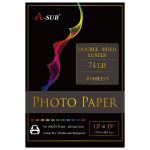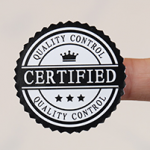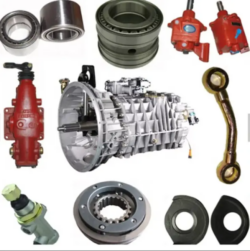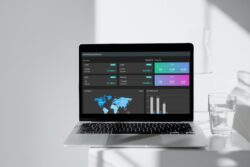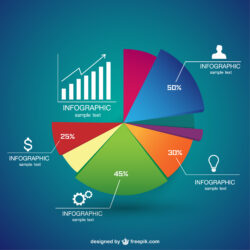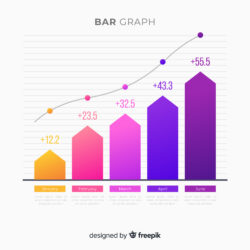The Importance and Applications of Tags
In today’s era of information explosion, tags play an indispensable role as a means of organizing and categorizing information. Whether in the physical world or the digital domain, tags assist people in managing, searching, and comprehending information more effectively. From book labels in libraries to topic tags on social media, they have permeated various aspects of our lives.
1. Definition and Functions of Tags
Tags are a concise and powerful way to describe the characteristics, content, or attributes of something using a few keywords or phrases. They can be used for categorization, organization, and filtering of information, making it easier to find and understand. The primary functions of tags include:
Information Retrieval and Navigation: In the digital world, tags provide a means of categorizing and retrieving vast amounts of content such as articles, images, videos, and more. By assigning tags to content, users can quickly find information of interest, saving time and effort.
Social Media and Content Sharing: Topic tags are widely used on social media platforms. They help aggregate related posts, images, or videos under a common tag, allowing users to explore more content related to specific subjects by clicking on the respective tags.
Project Management and Organization: In both professional and personal contexts, tags can be used to categorize and organize tasks, files, or projects. This aids in tracking progress, maintaining focus, and easily locating specific information when needed.
2. Types of Tags
Tags can be categorized into different types based on their purpose and nature. Some common types of tags include:
Topic Tags: These keywords describe the subject or topic of content. For instance, the “#travel” tag on social media aggregates posts related to travel.
Descriptive Tags: These tags describe the features of an object or content, such as labeling a photo as “sunset” or “food.”
Geolocation Tags: Used to mark the geographical location of content or events, enabling tracking of information associated with specific places.
Time Tags: Associating specific time points or ranges with content, aiding in understanding particular events or periods.
3. Effective Use of Tags
While tags are powerful tools, improper usage can lead to confusion and information overload. Here are some recommendations for effectively using tags:
Choose Relevant Keywords: Select keywords that accurately describe the content or object. Avoid using vague or unrelated tags.
Maintain Consistency: Keep tags consistent within the same context to establish clear categorization and associations.
Moderate Usage: Avoid excessive tagging and only use the most relevant and necessary tags. Too many tags can decrease the readability of information.
Understand Your Audience: If sharing content, consider the tags your audience might use. This enhances the visibility of your content to a broader audience.
In the information age, tags have become essential tools for organizing and understanding information. Whether in personal life or professional fields, applying tags sensibly helps us manage and share information more efficiently, connecting various corners of the world. Therefore, in our daily digital and physical activities, let’s not overlook the power of tags.



